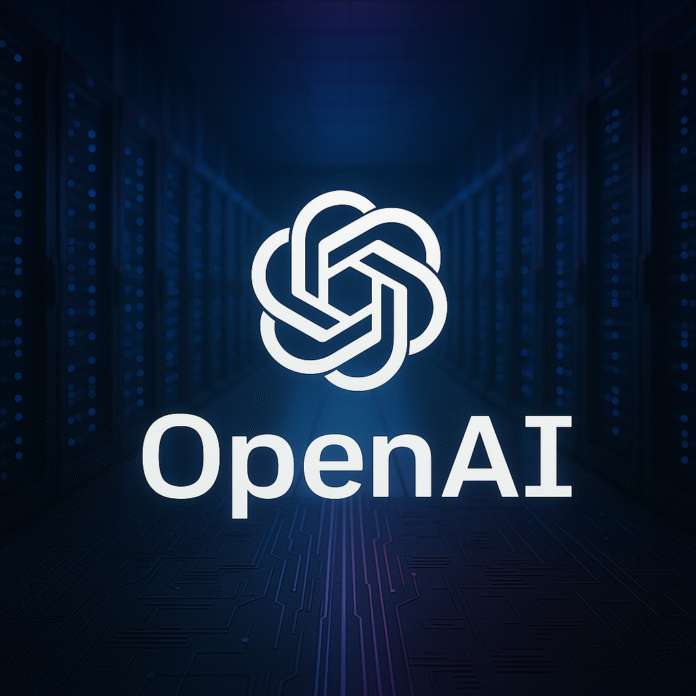How OpenAI’s Strategic Partnerships with GPU Giants Are Powering the Next Wave of AI Innovation
In a landmark series of deals that sent shockwaves through the AI and semiconductor industries, OpenAI in 2025 struck massive partnerships with both NVIDIA and AMD—reshaping the balance of power in AI infrastructure.
These billion-dollar investments reflect OpenAI’s aggressive expansion strategy as it scales up training for models like GPT-5, DALL·E 4, and Codex 3. At the core of this strategy: unprecedented access to high-performance GPUs and custom accelerators capable of managing trillion-parameter workloads.
NVIDIA: Cementing Leadership Through Scale
OpenAI deepened its long-standing relationship with NVIDIA in 2025, securing priority access to the latest Blackwell GPUs across multiple data center partners. The deal includes access to NVIDIA’s end-to-end AI stack, from CUDA software libraries to the DGX Cloud platform.
NVIDIA’s Blackwell chips—built on a 4nm or 3nm node with FP8 support and scalable multi-GPU interconnects—are essential to training OpenAI’s next-generation models. Sources close to the deal indicate that OpenAI reserved tens of thousands of GPUs through 2026 to stay ahead of the compute curve.
This partnership also includes joint R&D initiatives on model optimization, energy efficiency, and inference at scale, reinforcing NVIDIA’s dominance in the AI sector.
AMD: A Strategic Hedge and Cost-Efficiency Play
In a surprising move, OpenAI also struck a significant deal with AMD, integrating MI300X accelerators into its compute stack. Built on CDNA 4 architecture, these chips offer strong FP8 performance, massive memory capacity, and attractive price-performance ratios.
The AMD deal is widely seen as a strategic hedge—offering OpenAI flexibility, redundancy, and cost leverage against NVIDIA. With AMD rapidly gaining ground in the cloud AI space, the partnership is expected to accelerate the maturity of ROCm, AMD’s open software platform for AI workloads.
A Multi-Vendor Strategy for a Multi-Trillion Parameter Era
By diversifying its GPU suppliers, OpenAI is signaling that no single vendor can meet the future demands of artificial general intelligence (AGI). As models become more complex and data-hungry, OpenAI’s multi-vendor infrastructure allows it to train at scale while managing risk and controlling costs.
Moreover, both AMD and NVIDIA benefit: AMD gains a marquee AI customer that validates its technology, while NVIDIA deepens its grip on high-end AI compute deployments.
Closing Thoughts
OpenAI’s dual deals with NVIDIA and AMD mark a new era in AI infrastructure strategy. As one of the world’s leading AI labs, OpenAI is not just a consumer of GPUs—it’s a driver of innovation across the hardware stack. By partnering with both giants, it ensures flexibility, speed, and resilience in its pursuit of AGI.
These collaborations will likely shape the trajectory of global AI development in the years ahead, influencing everything from chip design to software frameworks and cloud architectures.
References
-
OpenAI Secures NVIDIA Blackwell GPUs for Massive AI Scale-Up (2025), Tom’s Hardware
https://www.tomshardware.com/news/openai-nvidia-blackwell-deal -
AMD Strikes Major AI Deal with OpenAI to Deploy MI300X Chips (2025), Videocardz
https://videocardz.com/newz/openai-amd-mi300x-deal -
OpenAI Builds Multi-Vendor GPU Infrastructure to Prepare for AGI (2025), EE Times
https://www.eetimes.com/openai-multivendor-agi-strategy
Serge Boudreaux – AI Hardware Technologies
Montreal, Quebec
Peter Jonathan Wilcheck – Co-Editor
Miami, Florida
Post Disclaimer
The information provided in our posts or blogs are for educational and informative purposes only. We do not guarantee the accuracy, completeness or suitability of the information. We do not provide financial or investment advice. Readers should always seek professional advice before making any financial or investment decisions based on the information provided in our content. We will not be held responsible for any losses, damages or consequences that may arise from relying on the information provided in our content.



